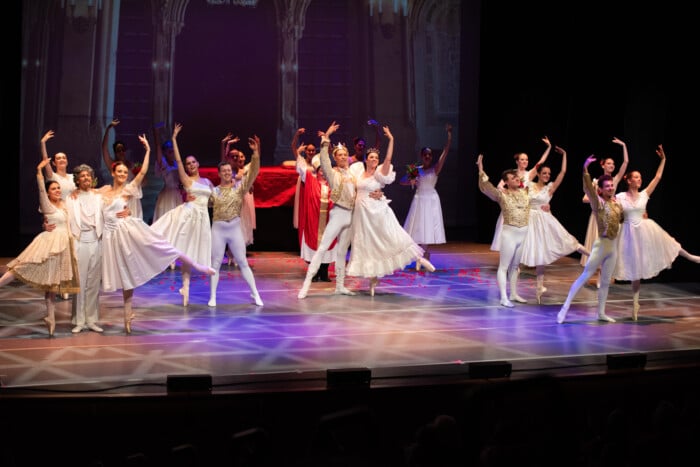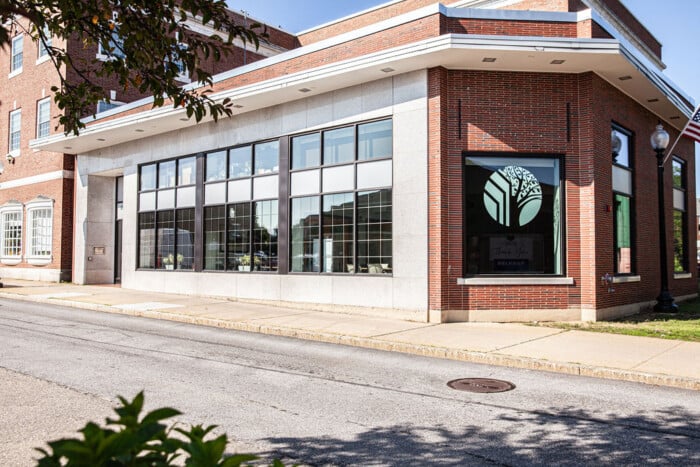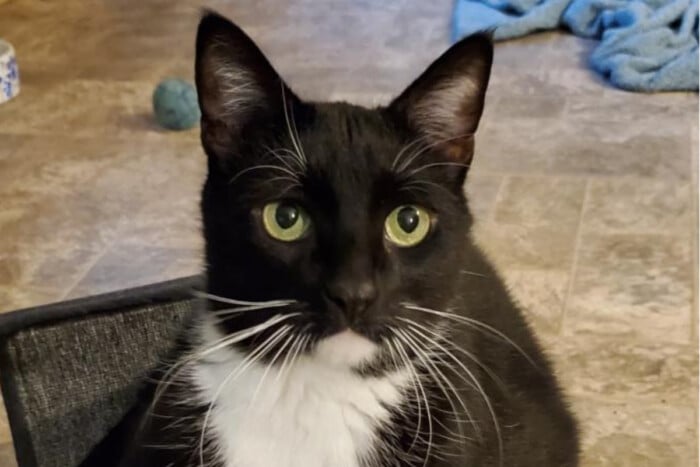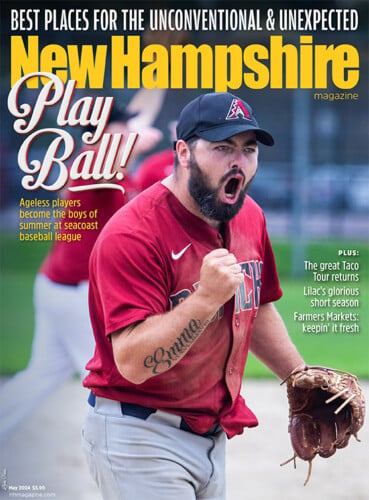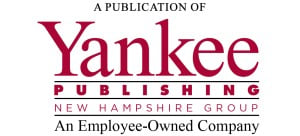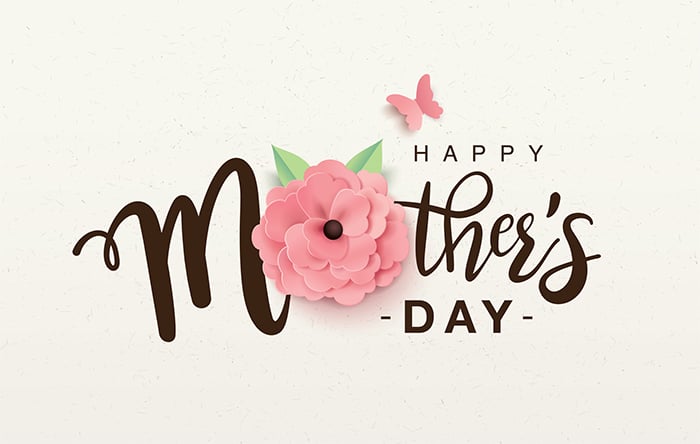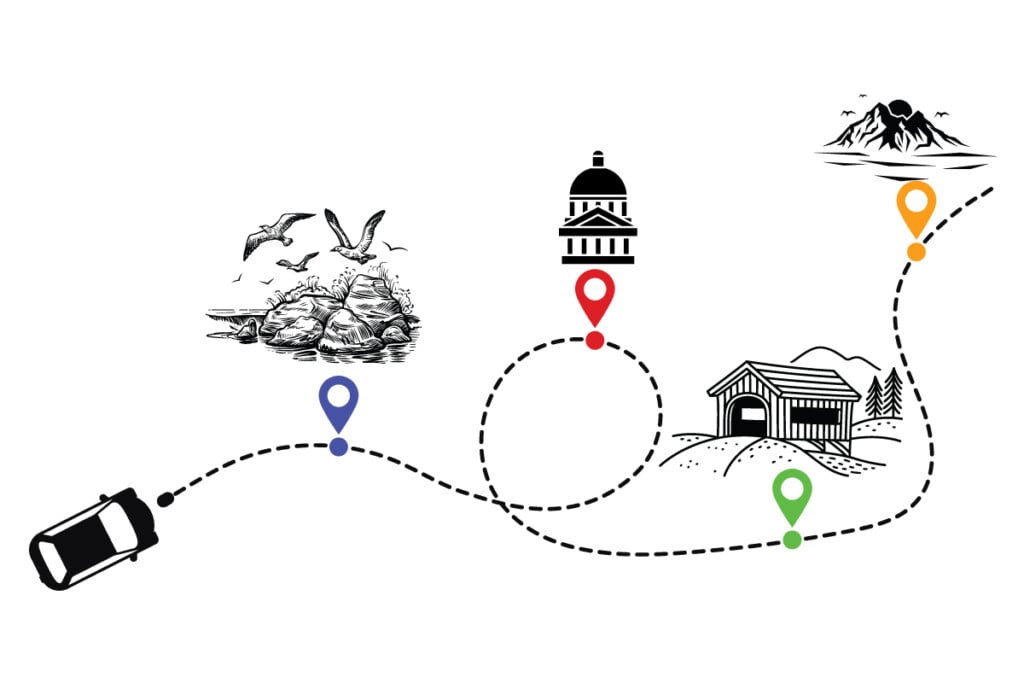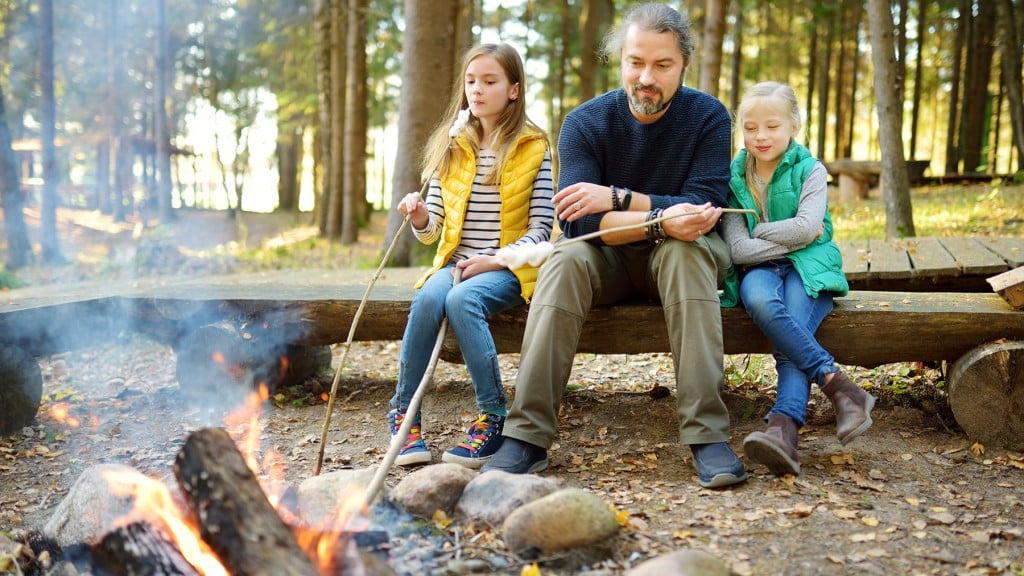OK, What’s Next?
No matter what happens, the world is about to change — has, in fact, already changed. As we continue to endure the pandemic, we asked experts in various fields what our new normal will look like.

Red Cross nurses photographed at the Amoskeag Red Cross Carnival at Manchester’s Textile Field (now Gill Stadium) in 1918 • Photo Courtesy Manchester Historical Society
The plague, the Spanish flu. We all read about them when we studied history in school. Such horrors seemed like artifacts of the past, long-ago tales of unimaginable death. But here we are, in the midst of another pandemic. Fortunately, with our contemporary medical knowledge, the toll is not likely to be as great. But in this respect, it is the same as it was in past pandemics — it will change us, in ways large and small. We talked to people in various fields to get their perspectives.
hese times will be a test of our humanity, bringing out the best, or the worst, in us. If there are to be benefits that come from this pandemic, Dean Kamen thinks that is one of them.
“In a crisis like this,” he says, “it helps us see clearly the people who are hoarding or gouging or taking advantage or leveraging fear or exploiting people, and who are the people who stood up and did the right thing for the right reasons. When the dust settles, the people from whom we’ve seen the best will rise in everyone’s hearts and minds.”
Most people would say Kamen is one of those best. An inventor, an entrepreneur and an advocate for science and technology, Kamen is using his talents to invent and produce medical devices that are advancing healthcare worldwide through his Manchester-based company, DEKA Research & Development. Several are to specifically address the COVID-19 pandemic (see sidebar). And recently, he facilitated the purchase, at cost, of literal tons of personal protective equipment (PPE) for New Hampshire healthcare facilities.

Dean Kamen, working with Sen. Shaheen and Gov. Sununu, secured shipments of personal protective equipment. Photo by Thomas Roy
The fact that the country couldn’t even supply enough PPE for the frontline healthcare workers highlights a flaw in the supply chain that has long concerned Kamen and many others. He says, “This whole situation where we essentially have to beg China to continue to supply critically needed stuff to us, even though most of it was originally invented here, this could be a wakeup call.”
Part of that wakeup call could be taking a hard look at “just in time” manufacturing in this country. To maximize profit, Kamen says, many companies have very little inventory and manufacture their products “just in time” to fill an order.
“The whole mentality of optimizing our very complicated systems for what looks like a short-term win — we are structurally becoming more and more fragile. To think the biggest, richest, most sophisticated country in the world can’t make simple masks to put on people when we need them …”
Fixing that, Kamen says, involves more than lawmakers throwing more money at it: “They say we’ll give you 10 times as much money, and solve it today. But, as the old joke goes, you can’t put nine pregnant women on a job and make a baby in one month. There are certain things, like this, that require a lot of time and a lot of energy by a lot of smart people because we don’t know how to solve it.”
Some of those smart people are the scientists and engineers that are needed to design, develop and manufacture needed systems, and Kamen says the country is struggling with the fact that there aren’t enough of them: “We’ve outsourced a lot of those skills over the last few decades.” His solution — having more people with those skills in this country by encouraging young people, especially girls, to pursue careers in science and technology.

An encouraging note at Center Woods Elementary School in Weare • Photo by Kendal J. Bush
It’s something he’s been working on for the past 30 years, creating the groundbreaking FIRST (For Inspiration and Recognition of Science and Technology) program in 1989 to motivate those young people. Kamen says, “The most valuable thing this country can produce is really smart kids that have the right tools, the right attitude, the right leadership, and the courage and conviction to use those tools for the benefit of humanity.”
Something that didn’t exist when he started FIRST, something he calls “truly terrifying” — a distrust in science by a significant part of the population. Now, he says, fact is mixed with opinion.
“These days, political leaders start a statement, because they realize science is important, with ‘Well, I’m not a scientist,’ but then they go on to talk. They should say ‘I’m not a scientist so I’ll shut up and let someone who knows what they’re doing address this issue.’ To give yourself leeway to make statements that aren’t verifiable, that may not be true, it’s doing a disservice to the whole intellectual concept that separates science from opinion.”
Another worry for Kamen — resistance to much-needed change. It could be, he says, that people are simply traumatized by the pandemic. “If a cat jumps on a hot stove, he won’t jump on a hot stove again, but he also won’t jump on a cold one. People may be permanently traumatized, not allowing them to move forward in a positive way even when the risks are reasonable or nonexistent.” And then there are those who avoid change because it involves effort, and perhaps risk. He says, “If you’re fat, dumb and happy, and you’re on top, who wants to change?”
If you’re an optimist, Kamen says, the pandemic will act as a catalyst to rethink things: “There may be some permanent changes that result in us being better off than before this happened. I hope that’s what happens.”
A PUBLIC POLICY PERSPECTIVE

Michael Ettlinger, director of the Carsey School of Public Policy
Michael Ettlinger, director of the prestigious Carsey School of Public Policy, hopes so too, because he also thinks significant change, particularly economic change, is needed. But a look back at recent history isn’t reassuring.
Take, for instance, the Great Recession, he says: “It really exposed weaknesses in our unemployment insurance system. People came up with plans for addressing it and nothing happened, right?”
And, he says, look at what’s happened, or not, with wage growth since the recession. Even during a time of full employment, which typically pushes up wages significantly, he says wage growth has been “pathetic.” Now, with unemployment figures soaring toward Great Depression levels, workers will have far less power in the labor market and wages are likely to be lower. “When businesses hire workers back,” Ettlinger says, “you are going to have four waiters for every one job that’s available at restaurants, so they are going to pay less.”
Then there is paid sick leave for people who don’t have the luxury of working from home. “We should not make it an economic imperative to go to work sick,” he says. “That isn’t just being nice to those people, it’s about public health.”
But Ettlinger questions whether that will mean policy interventions like the minimum wage being raised or paid sick leave made available: “Does it create an impetus to do that or do we go back to business as usual? It’s a choice.”

A sign in Lebanon instructs people where they can drop off donations of supplies for Dartmouth-Hitchcock Medical Center. Photo by Kendal J. Bush
If we do go back to business as usual, he says, it can exacerbate inequalities that were already a challenge for society: “Assets are likely to rebound, but wages are likely not to. People don’t like that, especially when they see others attaining fabulous wealth. You get political backlash when those circumstances align. I can’t predict exactly what that backlash will be, but it seems unsustainable. When things get worse, people want action.”
One sign of wealth is second homes, often in tourist areas, and they have become an issue in this crisis. “Those places have been hard hit, partly because people are coming out from cities going to their second home to isolate and unintentionally spreading illness.” And many of the people who live full time in those areas have seasonal work at resorts or other low-paying jobs, which are less likely to provide paid sick leave.
When the history of this time is written, Ettlinger says, it could go in a number of directions: “There could be a big chapter on the decline of the United States as a world power, or it could be chapter on how the country took this moment as a wakeup call and took governance and our role in the world seriously. It could be a chapter on the first major change since the 1960s, one offering a robust social safety net. Or it could be a chapter on a new Gilded Age where people’s wages lagged and inequality grew massively. Or it could be something in between. I don’t know what those chapters are going to look like. There are a lot of choices we have to make.”
THE PSYCHOLOGICAL IMPACT

Dr. Loretta L.C. Brady, a clinical psychologist, Saint Anselm College psychology professor and director of Requity Labs
When history considers the pandemic from a psychological point of view, it will be seen as a time of trauma. “Yes, absolutely, this is a trauma,” says Dr. Loretta L.C. Brady, a clinical psychologist, Saint Anselm College psychology professor and director of the college’s Requity Labs, which focuses on resilience and social equity.
It’s traumatic especially for essential workers and healthcare providers who are on the frontlines in the battle to cope with the virus. As Brady says, “You’re going to work every day with the sincere fear that you are going to not only potentially contract a disease with a high death rate but that you might be the person who is responsible for bringing that back home to your loved ones.” Then there are the families dealing with the death of a loved one, perhaps having to say goodbye on FaceTime.
And the impact goes even further. “It is a trauma whether you’re touched by it directly or not,” she says. “You participate in the trauma simply because you exist in the world.”
In the face of such trauma, people are likely to either approach or avoid the situation. “It’s two sides of the same coin,” Brady says. “Look at 9-11. You couldn’t stop watching CNN even though the planes had crashed, the buildings had fallen, and the fires were put out, there was still an incredible approach to that information. We do that because it helps us feel like we have a sense of control.” Others, she adds, avoid the situation by turning the TV off.

Lines of people waiting to enter grocery stores, like this one at Market Basket in Nashua, have become part of the new normal. Photo by Kendal J. Bush
“Our sense of control, our sense of mastery, autonomy, competence — these are very powerful experiences that humans are motivated by and respond to,” Brady says. “When those things get dramatically altered, we don’t respond well.”
Brady believes that dramatic alteration is likely one of the things that provided the impetus for the recent statehouse rallies, demanding that states reopen. “That sentiment that’s being tapped into is real,” she says. “It wasn’t just in this live-free-or-die state; we were seeing this across the country.”
The harmful effects of isolation are added to those that come from a feeling of loss of control. “We are wired to be social,” she says. “We are wired to be in relationship and in physical contact with others.” She points out that there are systems in the body that are actually responsive to the presence of other people. The contagious yawn is one example.
Dealing with the negatives of the pandemic, which could be lasting, takes resilience. Brady says it allows people to confront “the terribleness of it all” and still see the positive. She worries that young people, many of whom have been shielded from difficulty, will be less resilient. “One way of fostering resilience is allowing things to be hard sometimes,” she says. “Getting a little psychological muscle memory can help them know they can, in fact, endure.”
But even for an earlier generation lauded for its resilience, there were impacts that carried forward. Brady tells the story from her childhood when her grandfather found food that she had thrown away one Halloween night. She wasn’t allowed to go trick-or-treating. “He was a loving man, but that response was absolutely because he was a Great Depression-era child.”
The psychological ripples will take time to settle. In the meantime, Brady says, “My hope is that we can better understand the unifying truth of our connectedness to one another. Anything that affects a portion of our community is affecting all of us, and this moment more than any other cultural moment we’ve experienced brings that ringingly home.”
SPIRITUAL SUSTENANCE

Rev. Jason Wells • Photo by Jared Charney
For the religious community, it’s been a disorienting time, a time when core practices have been altered. “There’s such a bedrock belief about what it means to be a church — that we gather in person, that you get to see your pastor, that the pastor can come to the hospital when you need it. All of that has been taken away,” says Rev. Jason Wells, executive director of the NH Council of Churches.
The Easter season was unlike any in their lifetimes. Wells says parishioners were commenting on how they especially missed the fragrance that the lilies always provided at Easter Sunday services. That the pandemic began to unfold during Lent, a time of sacrifice, didn’t go unnoticed. “It put a spiritual dimension onto the sacrifice we’re feeling,” he says.
Like other parts of society, the churches have turned to technology to retain some semblance of normalcy. Wells says churches are usually slow agents of change, but no longer. “There has been an explosion of energy to bring things online,” he says. “There’s a readiness for a new way of being.”
That new way of being means much of what churches do is now done online: Sunday sermons, prayer groups and Bible studies. Even last rites.

The shutdown of city services has inspired many neighbors to take charge of their turf with homemade signs, like this one in a Concord park, to encourage good behavior. Photo by Rick Broussard
Wells says one advantage of online church life is that people can access sermons when it’s convenient: “People can download sermons and listen when they want. What people normally did on Sunday, they can do on Tuesday. They don’t need to be there.” Also, he says, it makes it easier for pastors to check in with parishioners.
When the crisis has passed and church life returns to normal, Wells predicts pastors will continue to utilize technology. “If we just hit the play button on what we used to do without the technology, I think we lose something. I think it’s enabling something that wasn’t possible before.”
Another opportunity the pandemic has created is for families to play a larger role in their children’s religious life. Wells says, “Parents may think, my daughter’s in Sunday School, so we don’t need to talk about the Bible or our faith at home. I think the longer we go on with this, you’ll find a greater readiness of families to be a center of faith rather than thinking of the church as a place to outsource faith. Every pastor would want to see their families engaging in faith discussions at home.”
Those families, like all families, are stressed by the disruption created by the pandemic, especially the loss of jobs. That loss means fewer donations to the church are possible, so church staff is being laid off as well. There’s also the fear of the virus to deal with.
It’s a frightening time, Wells says, a time when people are comforted by their faith. One way he draws comfort is to recall a bit of wisdom imparted by the always-reassuring Mister Rogers, who said, “When I was a boy and I would see scary things in the news, my mother would say to me, ‘Look for the helpers. You will always find people who are helping.’”
Certainly the churches are. So are many others, most notably those on the healthcare frontlines. Wells says, “There’s a growing realization of who is my neighbor, a growing realization that we’re all in this together.”
THE CULTURAL LANDSCAPE

Casey Golomski, a cultural and medical anthropologist teaching at UNH, wrote the book “Funeral Culture” about his experiences in Africa during the AIDS epidemic.
Our concept of heroes may be changed by the pandemic, at least professor Casey Golomski hopes so.
A cultural and medical anthropologist teaching at UNH, Golomski says the new heroes are the bus drivers, grocery store baggers, nursing home workers and others who have, quite literally, risked their lives during this pandemic. “Those people are heroes,” he says, “but they don’t wear the symbolic clothes that mark them as heroes.” Medical workers do, as do police and firefighters, so their contributions are more easily recognized.
“I think it would be a profound cultural change if we see them as a new kind of heroes,” he says, “if we see memorials to them, something that lets us not forget that they helped us keep some sense of continuity in all of this, amid the shock.”
Golomski has made a study of disease epidemics, writing a book about the HIV/AIDS epidemic in Africa that told the story of ordinary people there doing the work of caring for the sick and dying, and burying the dead. The book, “Funeral Culture: AIDS, Work and Cultural Change in an African Kingdom,” also details cultural changes that the massive amount of death produced, like the creation of a market for life insurance and an altering of the rituals around death.
Drawing from his experiences in Africa, he says it’s likely this country will have a heightened perception of risk that will be ongoing. The high exposure people have had to information about the risk of covid-19 will likely mean they’ll continue to assess situations, asking, “Am I safe going to this place or am I endangering others by interacting with them?” He adds, “The epidemic also reveals a kind of hierarchy, like who has the power to remain safe, and who is more vulnerable in these situations. I think our communities can best flourish when people aren’t left to their own devices to suffer.”

The moose in the parking lot of the St. Laurent Collision Center in Nashua encourages us to wear our masks. Photo by Kendal J. Bush
With economic suffering widespread, affecting almost every sector of the economy, Golomski says there’s a growing realization of how interdependent the economy is. “You start knocking down dominoes — well, what if I can’t pay rent, what if my landlord can’t pay their mortgage, then what is the bank going to do. It’s revealing how ecologically and economically connected we are.”
And, at least for a time, there’s a political coming-together. “The immensity of a disease epidemic and its mortality really pulls people out of their political silos and says, OK, this is something of major physical existential proportions,” Golomski says. “I think this has changed people’s outlook on reality.” As evidence, he points to the across-the-board political support for economic remedies, like the $1,200 check, that likely would have been considered radical in other times.
If nothing else, he says, this moment in time is a consciousness-raiser, perhaps a catalyst for cultural change: “We were walking like zombies, assuming things will continue to go easily. Now people are being pushed into an awareness that a lot of the ways we thought the world worked … they were taken for granted, and you can’t do that anymore. When people’s consciousness is raised, that’s when we can retool our vision for what we want the future to look like.”
Leaping Tall Buildings
Not many humans have been called a superhero, but Dean Kamen has. And no wonder.

Dean Kamen (center) and Sen. Jeanne Shaheen at Manchester-Boston Regional Airport greeted the plane that delivered 91,000 pounds of protective equipment. Photo by Thomas Roy
Though he’s best known as the inventor of the Segway, his work, and his company’s, extends far beyond that, much of it focused on how to use science and technology to help the world’s most vulnerable people.
That’s especially so now that we’re in the midst of the worst pandemic in a century. As other companies have been shutting down, Kamen’s company, DEKA Research & Development, with 800 mostly technical employees, has gone into overdrive to do all it can to help. Projects that were in the works are being accelerated and new ones are being created. “We’re doing this because we can’t not do it,” he says. “And it’s needed, and we don’t know any other way to get it done, so we’re doing it.”
One of the projects is engineering and building tools for people who are making vaccines. Another is a dialysis machine that can be used at home. “Now people who are already fragile now have to go to a center where they’ll be in close quarters and maybe get exposed to the virus,” Kamen says.
Another project — antiviral materials that can be put onto or into masks and gowns. “What if you could spray something on surfaces that will stay on those surfaces that is nontoxic to you, but any virus that touches that surface is going to have a really bad day,” Kamen says.
Yet another, a water purifier to deliver the sterile water needed to make IV solutions, something that’s likely to be in short supply in coming days. “They would distributed to pharmacies around the country that could make the IV bags of water that will be desperately needed in hospitals,” he says. “We’ve gotten massive support from HHS to help us do that.”
Some of the Kamen-inspired FIRST groups of young people have taken a cue from his efforts to help humanity, among them a group in Israel that designed and built a small ventilator. They’re now in the process of putting plans in an open-source file for others to use.
Also at work is the Advanced Regenerative Manufacturing Institute, a nonprofit in the Manchester Millyard that was launched by Kamen to engineer the production of human organs. Of late, the Institute has been tasked with creating portable devices that allow medicines to be made onsite, especially important in difficult-to-reach areas. It’s another project done in partnership with HHS.
Add to all that, Kamen recently spearheaded an effort to get masks, face shields and coveralls for New Hampshire’s healthcare workers, who were facing dire shortages. Tons of it were procured, all at-cost. “I would feel guilty if I made a penny on this,” he says.
Kamen gets high praise from those he worked with to make it happen. Gov. Chris Sununu says Kamen “worked tirelessly to make it a reality.” Ditto Sen. Jeanne Shaheen: “Thanks to Dean Kamen’s leadership, we are all a little safer today.”
How does Kamen do all he does? Two part-time jobs, he says. “I work half a day at my day job, that’s 12 hours, and half a day on all the other stuff. That’s the other 12 hours.”

Bryon Champlin • Photo by Jared Charney
Echoes of 1918
It was September when the flu was first mentioned in Concord newspapers. There were 80 cases of it. The next day, there were 102. The day after that, 204.
The worst pandemic since the Middle Ages had reached New Hampshire. More than 2,500 people would die in just four months. Across the country, more than 675,000.
“What New York City is going through now, almost every community in New England went through in 1918,” says Bryon Champlin, an independent historian who has researched and written about the “Great Influenza,” often called the “Spanish flu,” and how it played out in Concord.
The flu, a virulent H1N1 virus, hit the capital city in full force during September and October of 1918. As the gravity of the situation became clear, Champlin says, city officials “closed theaters, soda shops, barbershops and other places where people congregated. Churches discontinued Sunday services. Schools closed and public meetings of all sorts were voluntarily canceled in hopes of slowing the contagion.”
Despite the rising toll, the danger was downplayed. Champlin points to an admonition from Dr. Charles Duncan, a state Board of Health official at the time: “[W]e want a calm, cool public citizen to work with and not one ‘panicky’ and ‘jumpy,’ who will think a hand clap is a clap of thunder.”
But it was a clap of thunder. Champlin says the city’s two hospitals were quickly overwhelmed with patients; an emergency hospital was opened at the Elks Club building. At one hospital, 25 of the 26 nurses got sick and one died. Priests who had been performing last rites died. There was one funeral after the other, sometimes a double funeral for two members of a family. Orphaned children were taken in by neighbors.
The devastation in Concord and elsewhere was part of a “second wave” of the flu. After circulating in a mild form in this country in the spring of 1918, it found its way to Europe with the troops sent to fight in WWI. It mutated there, returning here in the fall as a much more deadly flu. Champlin says, “There was no attempt to flatten the curve. When it peaked, it peaked strongly and fatally, most of its victims young men in the prime of life.” By late winter, though, it had run its course and life began to return to normal.
What is happening now in the pandemic of 2020 is such an echo of the 1918 pandemic that it’s curious that so few people know about it; it seems to have been forgotten. Champlin thinks the reason is twofold: “On the one hand, the big news of that period was WWI, the war coming to an end in November of 1918. The other thing is, I think it was such a traumatic event that people just wanted to put it behind them; they didn’t want to dredge up those memories.”

